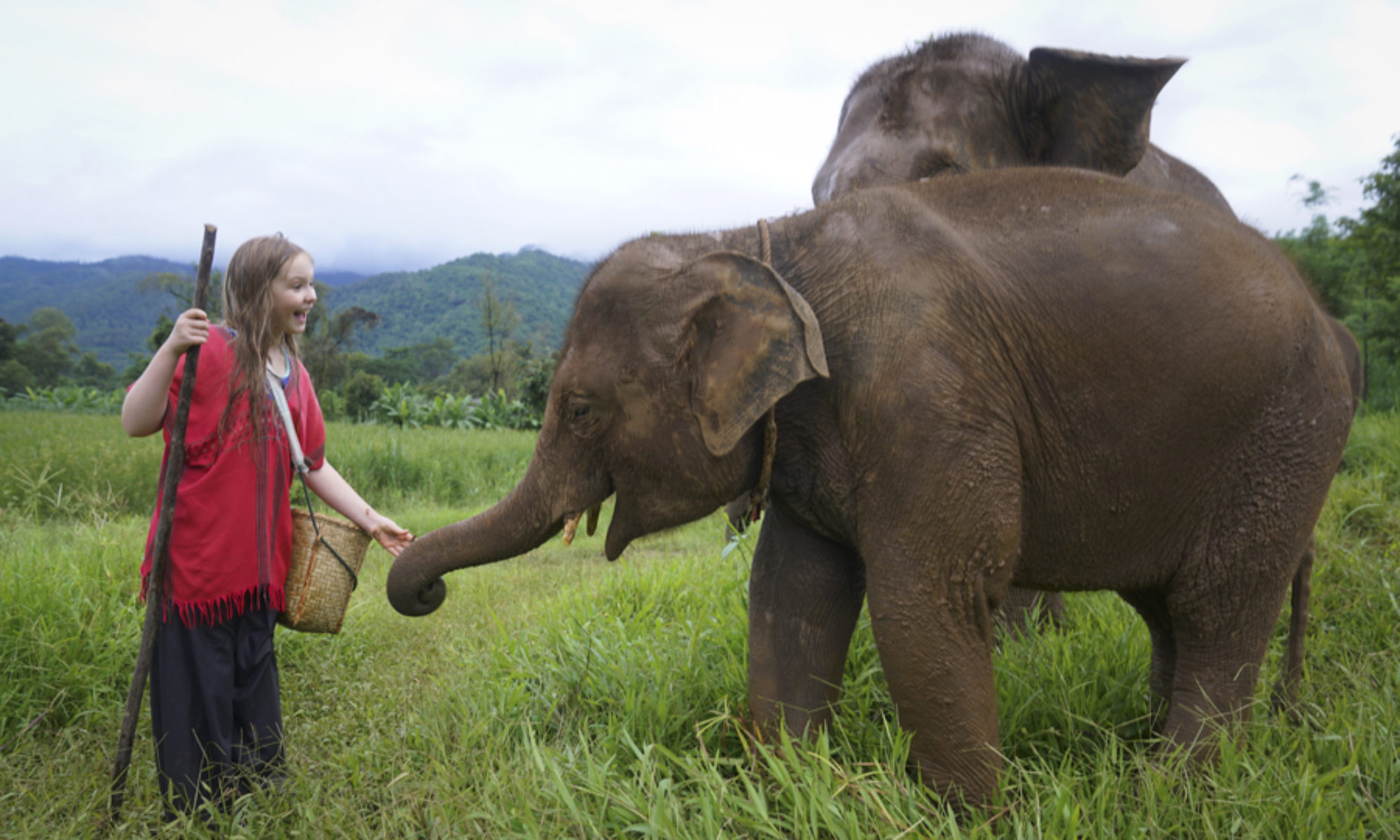
When my cousin Ulrich Schmidt learned of our plans to travel the world, he immediately ordered me a copy of Meike Winnemuth’s “The Big Prize”, which is an account of Frau Winnemuth’s year-long trip around the world written as letters to loved ones. The German title, “Das Grosse Los”, means both ‘the big prize’ (she won 500,000€) and ‘the big taking off’. Meike decided to spend a month in 12 of the cities on her bucket list, including Sydney, Buenos Aires, San Fran, and Addis Abeba (which she loved), Mumbai and Havana (which made her miserable), and Shanghai, Honolulu, London, Copenhagen, Barcelona, and Tel Aviv. I admire her complete openness to new experiences, people, and food, and her ability to make personal revelations and musings on lifestyle choices interesting over 328 pages.
Apart from choosing her destinations, the only preparations she made included getting a second passport, subletting her apartment, buying a small laptop and camera, clearing out her work inbox, and setting up a blog. Three months after winning the money, she was on a plane headed for Sydney. There must be something seriously wrong with me because I have been planning (and stressed) for at least nine months solid! Yes, I am a classic maximizer who spends a great deal of time and energy trying to make the best possible decisions. I couldn’t just buy a camera. No. I had to read all the reviews, test out the top models, agonize over the lens, and then find the best prices internationally, use my student discount, apply a gift certificate, arrange for free shipping, and even apply for a new frequent flier mile card with a 50K mile sign-up bonus to make the purchase. (Oh yes, I feel very good about all this.)
Unlike Frau Winnemuth, I am traveling with a child whom I need to protect, so I enrolled us in a self-defense course for travelers, checked State Dept travel warnings, scheduled all of the recommended vaccines, purchased clothing impregnated with mosquito-repellant for our travels through Zika and malaria territory, and am reaching out to friends around the world to advise us on what places to avoid.
I will also be homeschooling Elise, so I researched the options, which include enroll in a US school with online materials and scheduled tests, buy a professional online course with no deadlines, DIY as we go with lessons based on currencies, maps, archeological sites, new cultures and languages, etc, or follow Elise’s school’s curriculum. I ended up deciding on a combination of the the last two, and ordered and scanned her textbooks. And, since French is a part of her 5th year curriculum, I also purchased Rosetta Stone French since I myself know very Little French.
Whereas Frau Winnemuth went into a travel agency with her 12 destinations jotted down on a Post-It note, I am doing all of my own flight and hotel bookings. We are also planning to trek and camp, and so I needed to get camping gear that would be light and small enough to fit in our backpacks.
Oh, and I don’t have half a million Euros to spend like Meike did.
But could these past months really have felt completely different? Could I actually have been laid back like she apparently was rather than feeling mentally whiplashed? The mountain of tasks (gear research/shopping, client projects, subletting agreement, moving stuff into storage, etc etc) was enormous. But it was also a fantastic ‘get-my-ducks-in-a row’ year, in which I tackled bigger life projects to have a clear head while traveling, such as getting all caught up on US and German taxes, drafting a will, and finally conquering my fear and getting eye surgery. Thanks to a grant from FAWCO, a UN-accredited organization, I also enrolled in university courses on travel and photojournalism, as well as film making and book writing.
I learned from “How to Make Stress Work for You” from The Great Courses that we feel stress when we are dealing with something we care about. And I care very much about making this trip a rewarding experience for me and my daughter. If the higher-than-normal level of stress was the cost of accomplishing everything I needed to get done to make that happen, it was a fine trade-off.
But what interested me particularly about Frau Winnemuth’s book was how she adjusted to ‘normal’ life when she returned to Hamburg. Given my earlier travels and expat lifestyle, it would seem I have already gone through much of what she experienced. She looked at possessions in a completely different way (“How could I have ever wanted this?”) and gave away a lot of stuff. She also felt a strong desire to downsize from her spacious Hamburg apartment to a tiny one-bedroom. She also felt half-in/half-out of her life back home (often amazed at others’ trivial concerns), and already thinking about her next trip.
For me, it will be fascinating to see how Elise feels when we return to Berlin!


























You must be logged in to post a comment.